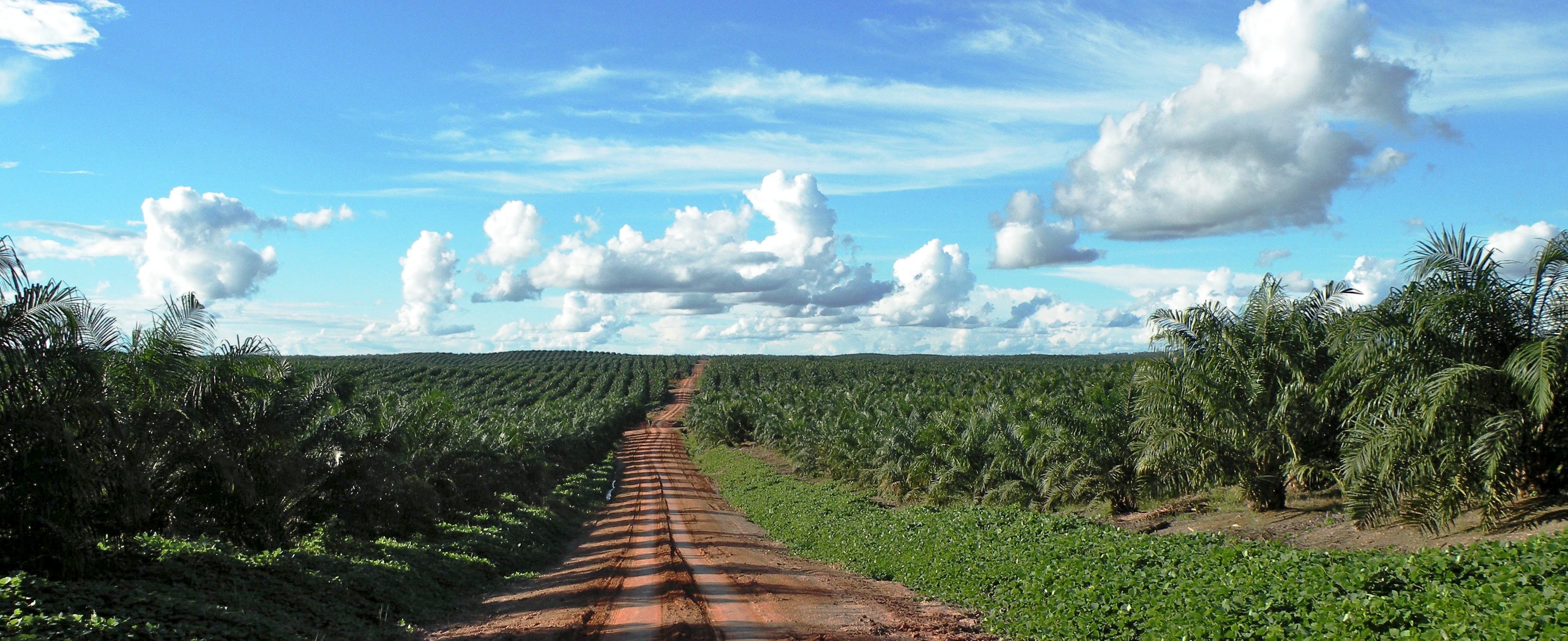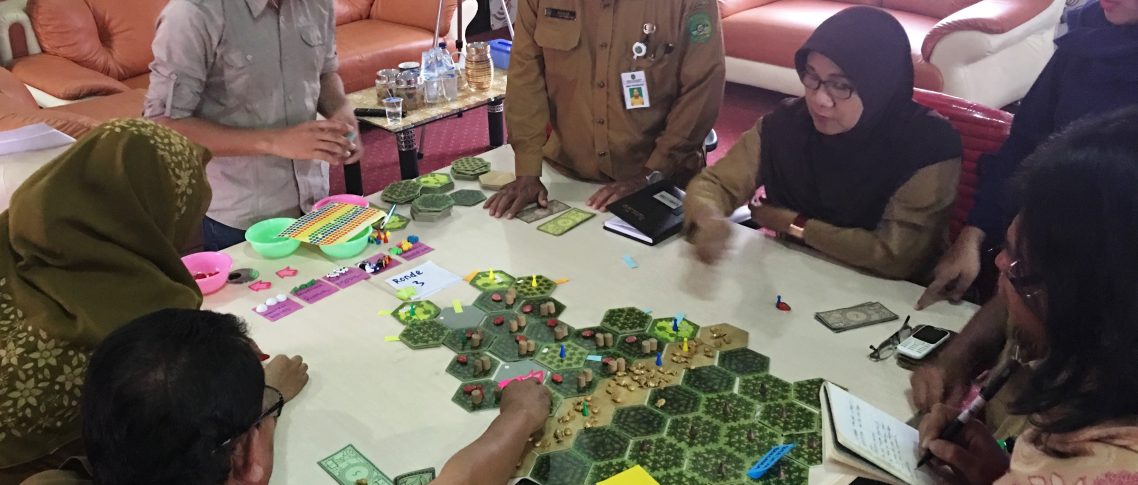This article is the second in a four-part series on a global study on Oil Palm Adaptive Landscapes.
East Kalimantan is one of five Indonesian provinces located on the island of Borneo, where forests are facing increased pressure due to the accelerated expansion of oil palm plantations. The province has become the focus of research into Oil Palm Adaptive Landscapes, with parallels drawn from Kalimantan to Colombia.
Oil palm has a long history in Indonesia, going back to the late 1960s. At that time, just under 120 thousand hectares were being cultivated by government and private enterprises. There were no smallholders involved. Since the late 1990s, expansion has accelerated, and by 2015, 11 and a half million hectares were planted – 40 percent by small-scale farmers.
Oil palm in Indonesia is a gold rush for big investors, medium-size companies and smallholder farmers alike. Spurred on by rising global demand for the golden liquid, local farmers have switched from more traditional agricultural crops and fisheries to oil palm. When this happens, communities become dependent primarily on oil palm for their livelihoods.
Rapid growth in oil palm cultivation leads to forest conversion. Yet the business remains a significant source of state revenue, with important economic spillovers at the local level. A major issue of concern, then, is how to balance the interests of economics and the environment.
TAKING TURNS
To support more sustainable practices under the OPAL project, researchers at CIFOR, the Center for International Forestry Research, have been working in collaboration with WWF Indonesia and Ph.D. students from ETH Zurich and the Bogor Agricultural Institute’s (IPB).
OPAL uses the approach of Companion Modeling (ComMod) — a role-playing game used to explore strategies that promote more sustainable practices in the oil palm industry.
“Through this interactive game, we seek to understand how these palm oil plantations have impacted not only the ecology in these plantation areas but the lives of local farmers, and their strategies to use land and natural resources to optimally meet their needs,” says CIFOR researcher, Heru Komarudin.
“In this way, farmers can see the big picture and adjust their strategies for improving the use of the assets at their disposal, and thereby enhance their livelihoods,” he adds.
One way to increase crude palm oil (CPO) output without expanding into pristine forests is to improve the way smallholders cultivate oil palm. On average, smallholder plantations yield two tons of CPO a year. But with better seedlings, they could more than double their production.
“Farmers need to know how to make the most of their land,” says Nur Hasanah, a Ph.D. student at ETH Zurich.
Nur Hasanah is part of a team working on a ComMod game being played by farmers in four villages in Kutai Kartanegara district.
“Even though most farmers see oil palm as their future, they don’t see that if they invest in good agricultural practices, like using fertilizer, they will reap bigger harvests down the road,” she says.
“Through the ComMod approach, the farmers can see for themselves how better planning can lead to a more stable future,” she adds.

